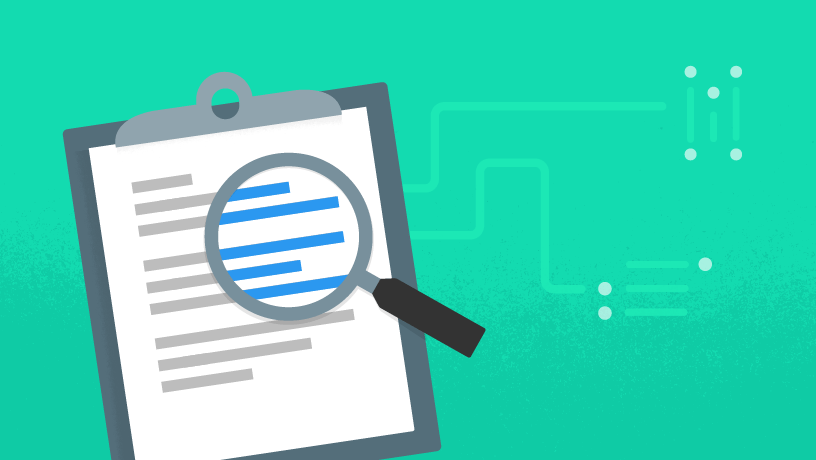The world of Artificial Intelligence (AI) is constantly evolving, and one of the most exciting applications of AI is language processing. It’s amazing to think that a machine can now read and understand text, to the point where it can even answer questions and generate new content based on what it has learned. In this article, we will explore the incredible technology behind how AI reads text, and what the future holds for language processing.
To understand how ai read text (ia lee texto) , we first need to understand its underlying technology. There are two primary approaches to language processing: rule-based and machine learning. Rule-based language processing is based on a set of predetermined rules that are programmed into the machine, allowing it to recognize specific patterns and structures in language. Machine learning, on the other hand, involves training an AI system on large amounts of data, allowing it to learn the rules and patterns of language by itself. Today, most language processing systems use machine learning techniques.
So how does machine learning work in language processing? Essentially, it involves breaking down language into small “tokens” (such as words or phrases) and then analyzing these tokens to identify patterns and relationships. This process is known as natural language processing (NLP), and it involves a wide range of techniques, such as part-of-speech tagging, named-entity recognition, and sentiment analysis. By using these techniques, an AI system can analyze text to determine its meaning and context.
When it comes to reading text, AI systems use a process called text recognition. This involves analyzing images of text (such as scanned documents or photos of text), and then converting that text into a digital format that the AI system can understand. This process involves a combination of optical character recognition (OCR) and machine learning algorithms, which together allow an AI system to accurately recognize and read text from images.
Another important aspect of how AI reads text is through question-answering (QA) systems. These systems use machine learning algorithms to analyze text and answer questions based on the information contained within it. One famous example of a QA system is IBM’s Watson, which famously defeated human champions on the game show Jeopardy! by answering questions based on a massive database of information that it had analyzed and understood through natural language processing.
The future of language processing is exciting and full of possibilities. AI systems will continue to improve in their ability to read and understand text, with the potential to revolutionize industries such as customer service, healthcare, and education. One potential application of this technology is chatbots, which can use NLP and QA systems to engage in natural and intelligent conversations with customers. As the technology becomes more advanced, we may even see AI systems that can generate new content based on what they have learned from analyzing existing text.
In short:
AI technology is rapidly advancing, and language processing is one of the most exciting applications of this technology. With its ability to read and understand text, AI has the potential to revolutionize industries and change the way we communicate with machines. By using machine learning techniques and natural language processing, AI systems can analyze text to determine its meaning and context, and even answer questions based on the information contained within it. The future of language processing is bright, with endless possibilities for how AI can learn and communicate with us.
